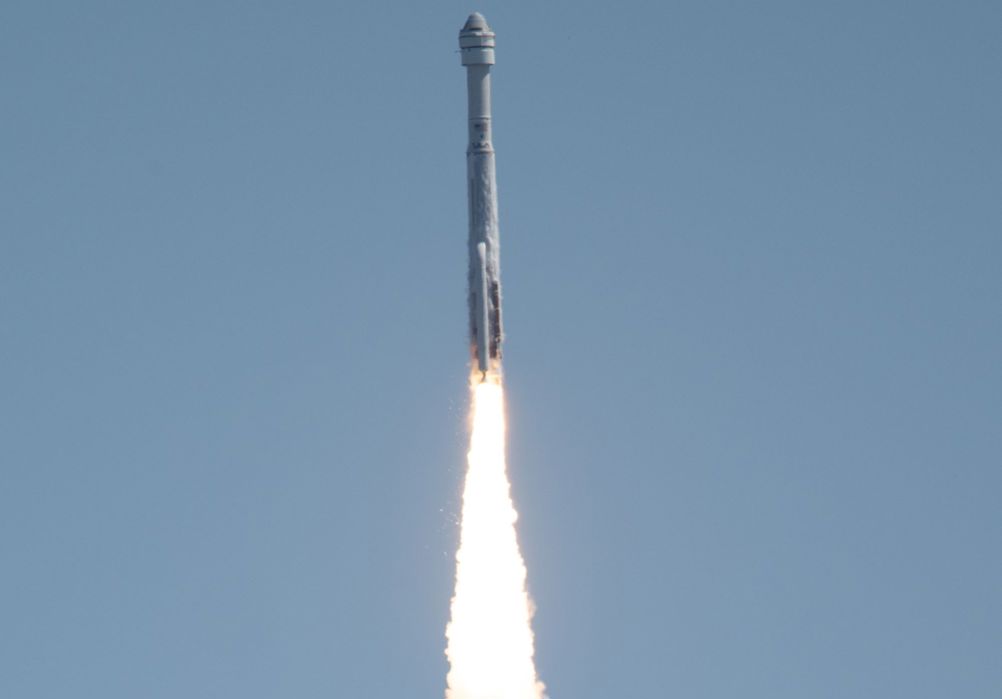After a multitude of delays to the program, the first crewed Starliner took off from Cape Canaveral at 10:52am ET on Wednesday (June 5th) on an Atlas V rocket, carrying veteran astronauts Butch Wilmore and Suni Williams, reaching orbit 12 minutes later. Following a 25-hour journey, the spacecraft is due to rendezvous with the ISS later today (June 6th), where Wilmore and Williams will spend about a week on station before returning to Earth. Starliner is also transporting about 345kg of cargo to the ISS.
Related content
"This crew flight test represents the beginning of a new era of space exploration as we watch astronauts Wilmore and Williams put Boeing's Starliner through its paces on the way to the International Space Station," said Ted Colbert, president and CEO of Boeing Defense, Space & Security. "This is a great start. We look forward to getting the astronauts safely to the space station and back home."
In development since 2010, Starliner was chosen alongside SpaceX’s Crew Dragon as the second privately operated vehicle for transferring crew to and from the ISS. However, this first crewed launch comes seven years after Starliner’s original target date, following a catalogue of delays.
In 2019, the failure of an uncrewed test flight put progress back several years, with a second uncrewed flight deemed necessary before NASA was happy for astronauts to fly on the spacecraft. In May of this year, the crewed mission was called off just two hours before launch due to a faulty valve. It has been reported that the program delays have so far cost Boeing around $1.5bn. Nonetheless, both Boeing and NASA will be relieved that the first crewed launch has gone smoothly, with Starliner now giving the space agency multiple private options to ferry cargo and astronauts to the ISS.

“Flying crew on Starliner represents over a decade of work by the Commercial Crew Program and our partners at Boeing and ULA,” said Steve Stich, manager, Commercial Crew Program, at NASA’s Johnson Space Center in Houston.
“For many of us, this is a career-defining moment bringing on a new crew transportation capability for our agency and our nation. We are going to take it one step at a time, putting Starliner through its paces, and remaining vigilant until Butch and Suni safely touch down back on Earth at the conclusion of this test flight.”











IET sounds warning on AI doll trend
I agree that we need to reduce cooling water demand for servers. And yes, generative AI consumes a large amount. But what about BitCoins? Their...